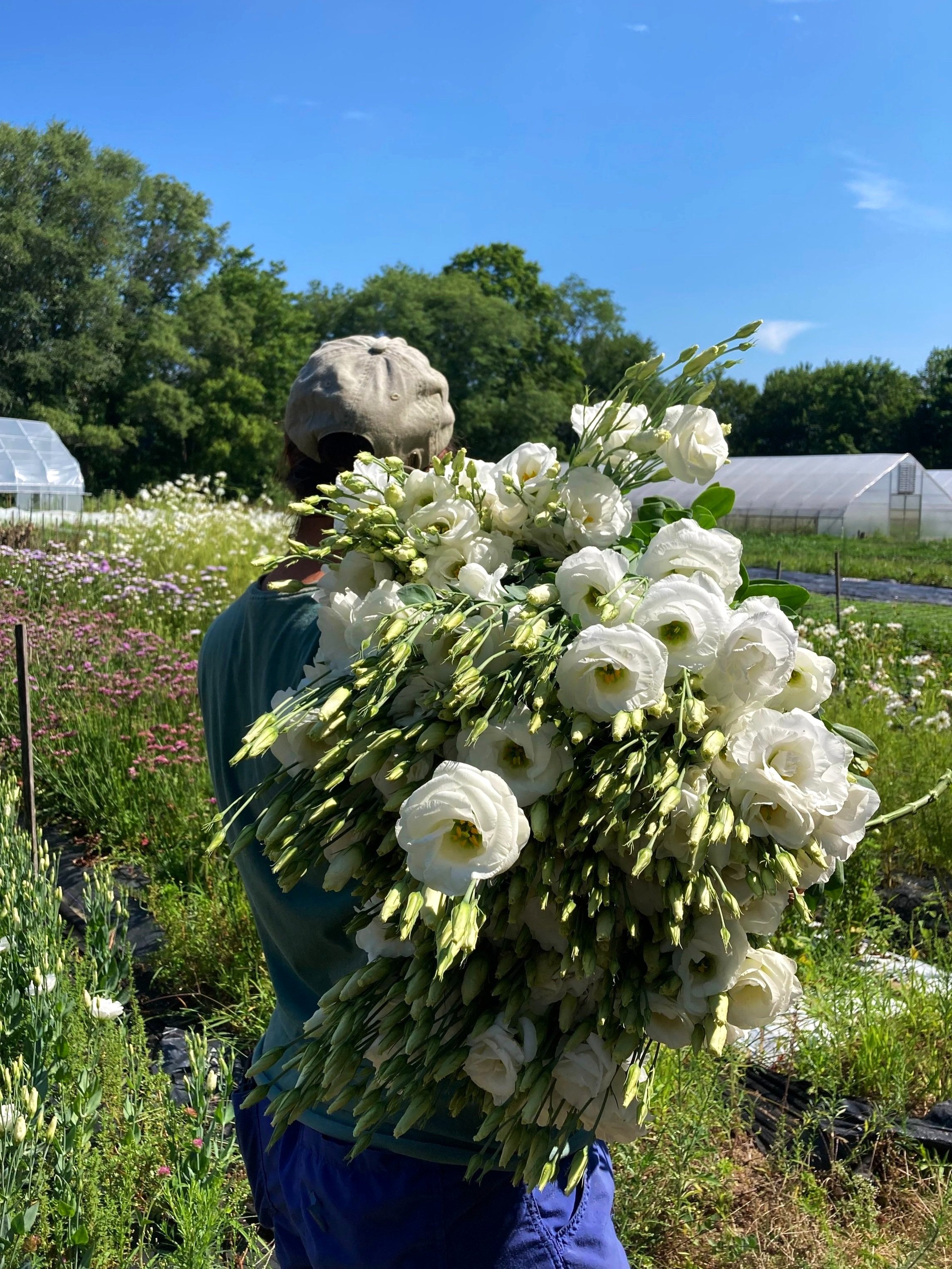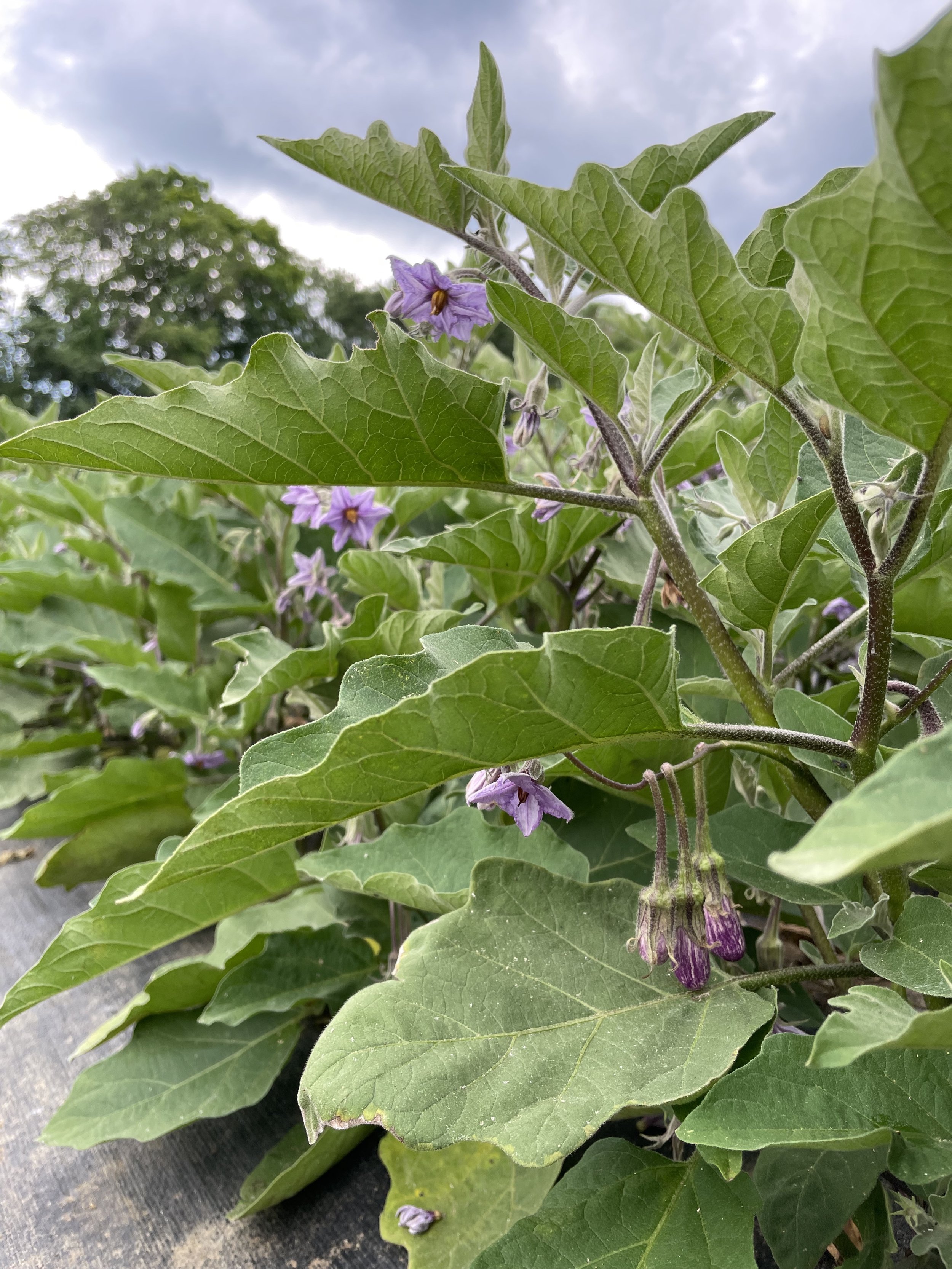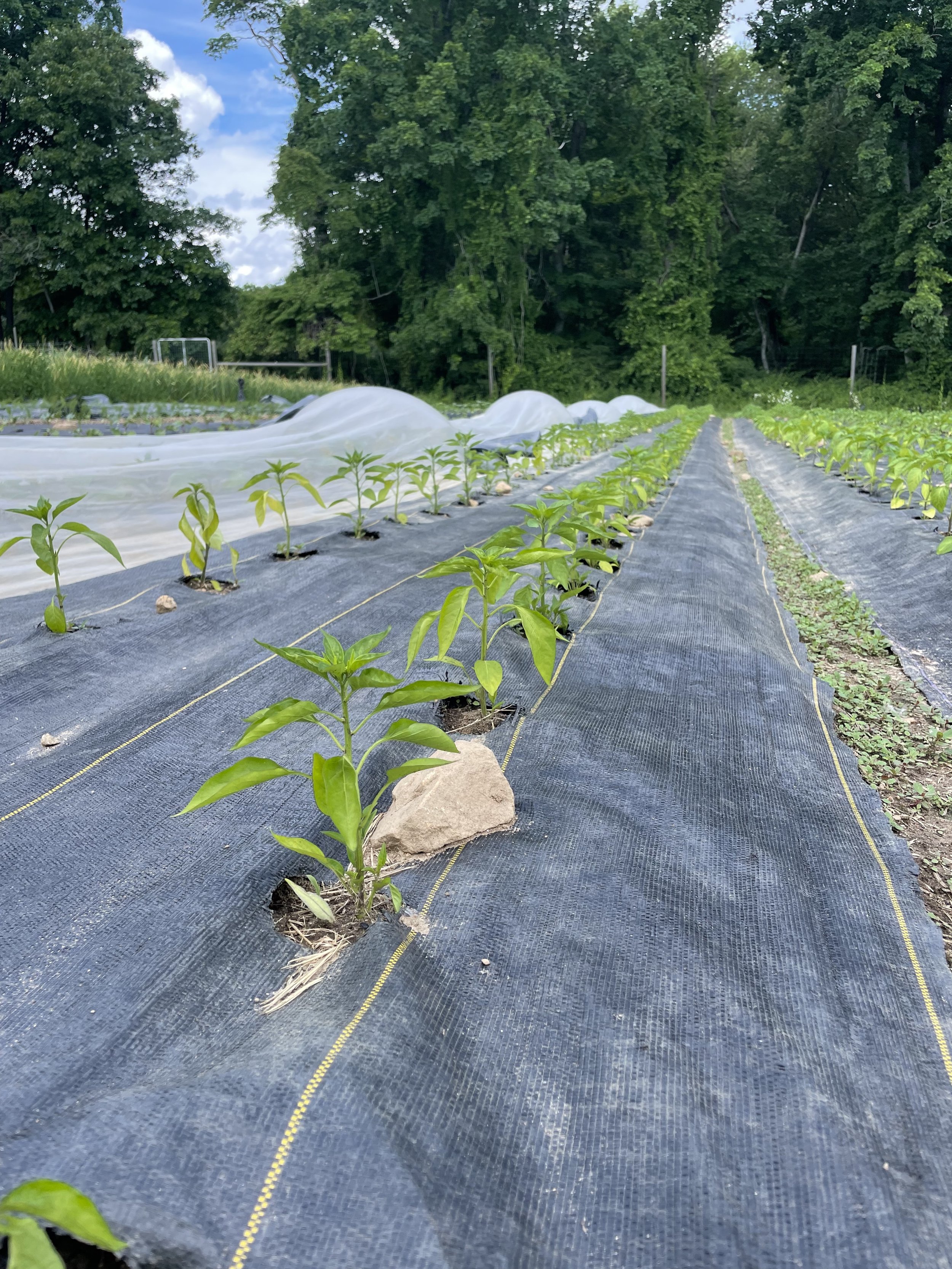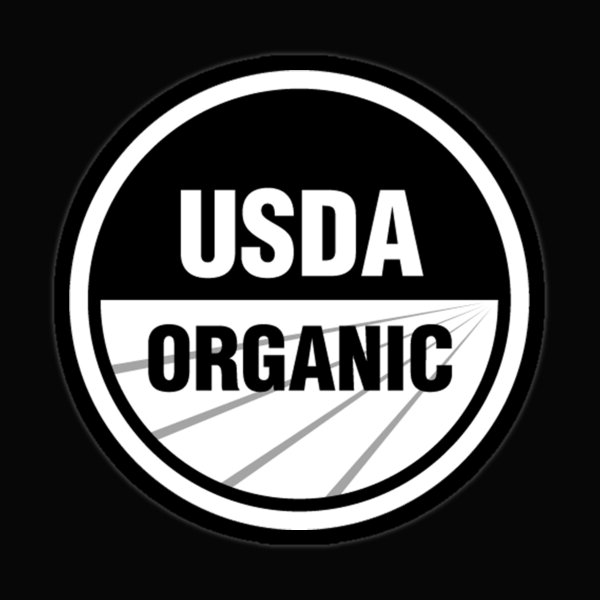Thank you to our amazing Market Share members for coming out to the farm to celebrate with us in October! We invited our shareholders to the property in celebration of a successful 2022 season. It turned out to be a very rainy Sunday; nevertheless, we carried on with a delicious potluck in the greenhouse and an extra adventurous farm tour through the wet fields.
Our shareholders are such an important part of the business, and we were excited to offer them an opportunity to see where the magic happens. We plan to host the event again in the fall of 2023 - hopefully with better weather! If you’re not already a shareholder and would like to participate in our Market Share or Flower Share program next year, you can learn more here. Then, send us an email (fourrootfarm@gmail.com) to get on the list for notification when our 2023 programs are open for sign-up!
Even though we chose to pause for celebration, our 2022 season continues! We have sweet potatoes curing, radicchio to harvest, and still more onions to be cleaned and brought to market. The tulip bed is being prepared and planted for the spring 2023 harvest, and the flower team is busy making dried flower creations.
The dried flower process began back in June when Elise started harvesting the first flowers for drying. These flowers are bunched and hung from their stems in Rachel’s attic. (Rachel’s attic happens to be a great place to dry flowers. It’s dry, dark, and protected from the elements.) In the peak of summer, the flowers can dry in as quick as 2 days. In the shoulder seasons, the process may take closer to 2-3 weeks.
Many of the flowers used in fresh bouquets throughout the summer also work well for drying. Ammobium, sunflowers, amaranth, gomphrena, celosia, broom corn, rudbeckia, – the list goes on and on. Elise is always experimenting with drying different flowers as well. Last year, she even tried drying dahlias. They shrunk to about the size of a quarter. It was crazy. The best varieties retain their color and do not become too brittle after the drying process.
Now, with fall upon us, the office has turned into a dried flower studio. Elise, Caley, and Isa are spending their time bunching and wrapping single varieties for sale at the CT Flower Collective and markets, and they’re making stunning, everlasting dried bouquets and mini bouquets. They’re also getting their creative juices flowing for the dried flower wreath-making that is yet to come this year! Each year, I’m continually amazed by the creations that they design. My apartment keeps collecting more and more of them. I can’t resist.
If displayed out of direct sunlight (and out of reach of curious pets and/or small children), dried flowers can retain their color and appearance for a year or more!
You’ll see dried flower bouquets and wreaths at the Madison and New Haven farmers’ markets. Elise will also be attending the Westport market (Thursdays, 10am-2pm) every other week starting on 11/17 until the dried flowers are sold out for the season.
-Kiersten
